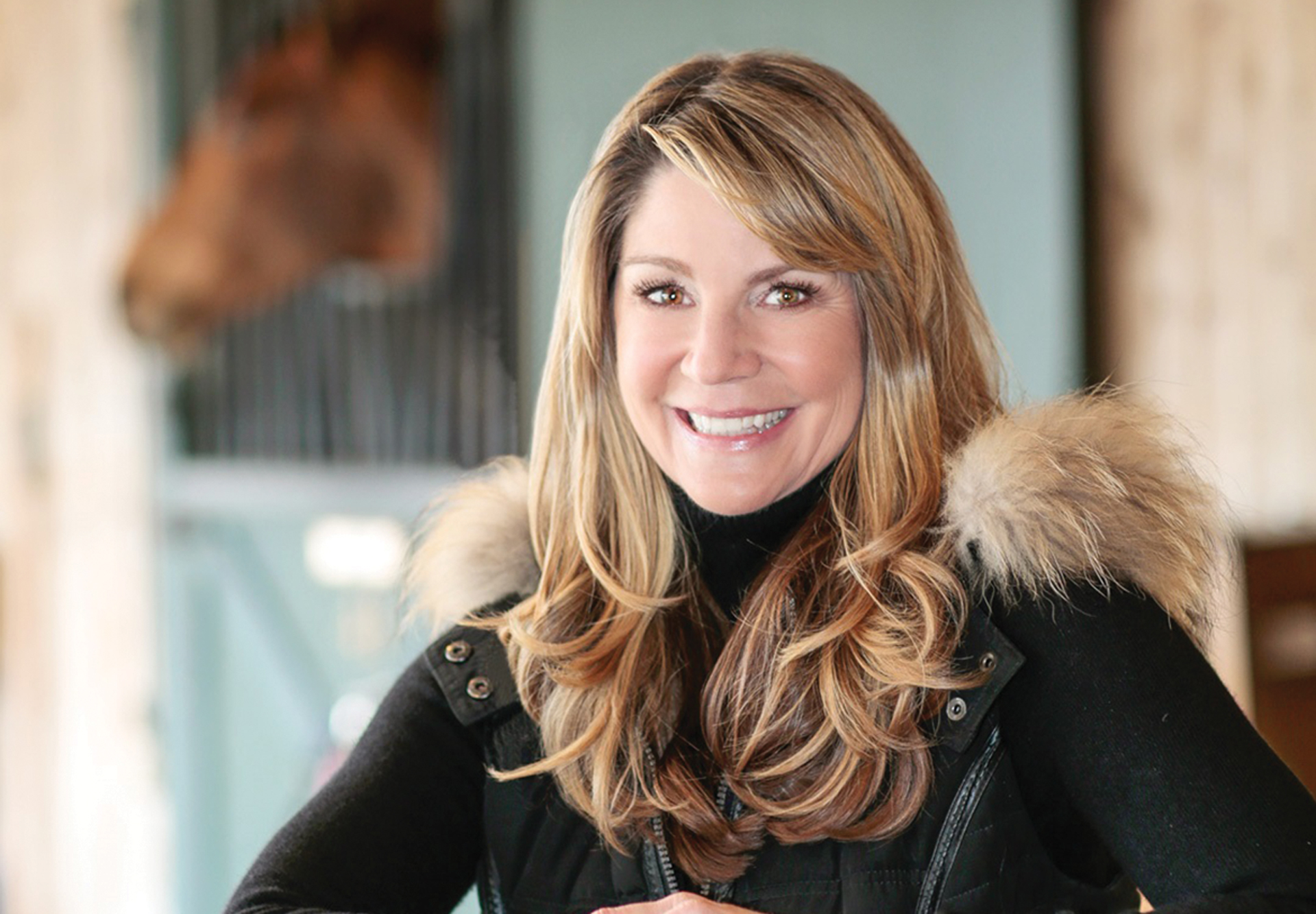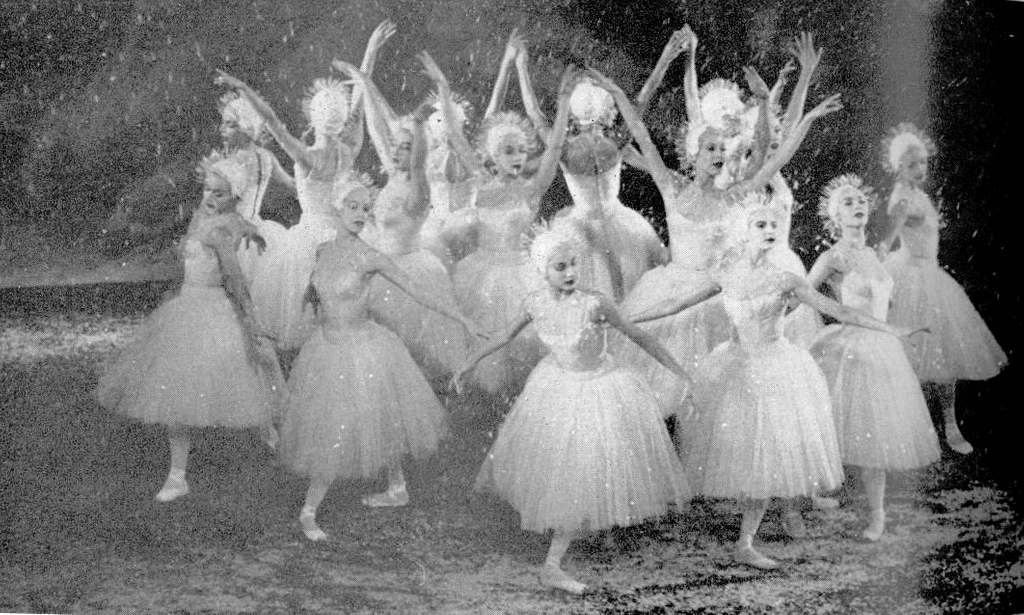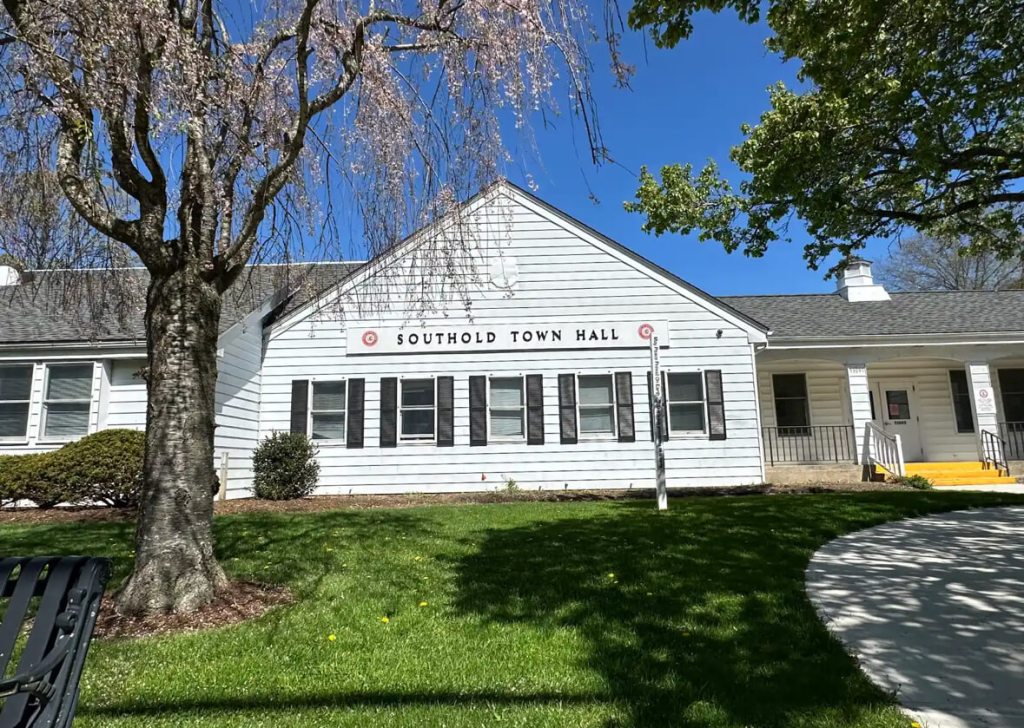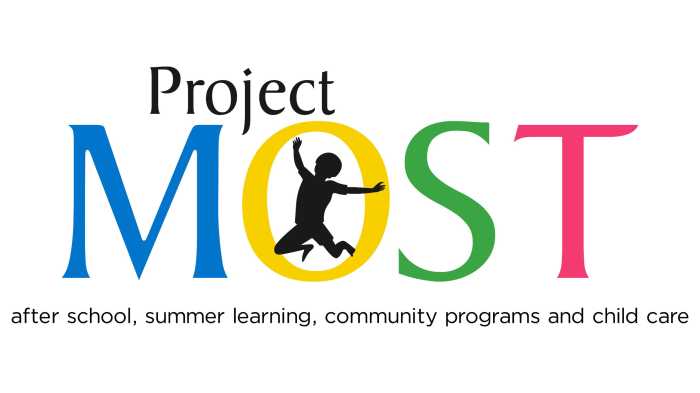The Stories We Don’t Tell

Writing in the first person is an act of bravery, facing one’s past with no shield or weapon. Personal truths are best served raw and vulnerable. I say personal truth because each person’s perception and memory are different. Objectivity suggests observing without an observer.
I am a devourer of memoir. For the memoir masters, their curse is their literary blessing — an incredibly dysfunctional family, a tragedy, illness, or an addiction. My favorite writers know the power is the details and not necessarily the most dramatic incidents. There are the defining moments: Jeanette Walls’s “The Glass Castle,” where as an award-winning journalist on a way to a fancy party, she spots her mother rooting through a dumpster. “Drinking: A Love Story” by Caroline Knapp, writes about dreading recycling day, when the cornucopia of rattling bottles reveals her alcoholic secret. There’s “The Year of Magical Thinking” by Joan Didion, who illuminates the nature of grief when trying to get rid of her departed husband’s shoes. Or Hope Jahren in “Lab Girl,” who shares what story a single leaf can tell about the health of the leaf, tree, planet, and love.
Writing about one’s life can be cathartic, healing, revelatory, a satisfying poison pen of revenge, or a lifeline out of a deep depression. But what about putting that personal truth out into the world for others to see, mock, judge, pity, or scorn? In the writing world we say, “Would you be okay if your therapist, priest/rabbi, or mother saw this?”
There are the stories we tell and then the stories we don’t tell.
Mary Karr, who wrote “The Art of Memoir,” advises those who want to put their life on paper to delve into a strong memory. “Now here’s the pop quiz part,” she says. “Can you be in that place without falling apart? If you’re sobbing with shoulders shaking and big tusks of snot coming out of your face, the answer may be no. Call a pal, book a massage, go for a walk. You’re not ready to occupy this space for years on end. Yet. If you couldn’t see much or you felt nothing, you may not be ready, either.”
For some, the urge is so compelling like in “The Diving Bell and the Butterfly,” where Jean-Dominique Bauby tells his story of a stroke, which left him trapped in his mind and only able to communicate by blinking his eyes to create letters and words to write a book.
For some, the barrier to telling their story is the other people involved. It may be disclosing secrets or painting unflattering portraits. They may even wait until the people involved are dead. Yet, it is inevitably the most painful which is the most profound. Sugar coating is for breakfast cereals, not life stories. The courage to share the icky parts and the morally questionable and the mistakes is to trust the human condition, and is usually what connects most with readers.
So where is the safe space to share the stories that we don’t tell?
The Independent is sponsoring a series which I think creates that safe haven. Every Thursday in October at Rosie’s in Amagansett, Indy is hosting storytelling sessions on the themes of Wisdom, Love, Sacrifice, and Death/Fear. Here writers will take some risks. This is venturing into the spoken word without a script — a bit scary. I will be sharing on Thursday, October 17, on the theme of love. Believe me, this story I would not put in print. Or at least not yet, as only one of the people involved is dead.
kissandtellhb@gmail.com









